The Synergy of Martin Trunnion Tables and Fifth Axis Workholding
- Lauren Mulcahy
- Apr 7
- 3 min read
In this blog, we explore the fascinating interplay between Martin Trunnion Tables and Fifth Axis Workholding, highlighting how these technologies are reshaping the landscape of manufacturing automation. The discussion is anchored in a YouTube video featuring insights from Tony Gunn and Alec, who delve into the integration of UR robots, Martin Trunnion Tables, and the advanced workholding solutions from Fifth Axis in a Haas TM2 setup.
The Essential Role of Automation
The video opens by emphasizing the pivotal role of automation in contemporary manufacturing. Tony Gunn and Alec discuss how the advent of user-friendly technologies like UR robots has made setting up automated cells more accessible than ever. This advancement is crucial for closing the technological gap across generations in the industry.
Bridging the Technological Divide
A central theme of their conversation is the ability of younger generations, as represented by Alec, to seamlessly integrate with automation technologies. Alec highlights the simplicity of operating UR robots, akin to using a computer, making it a viable option for individuals from various technological backgrounds.
Customization with UR Robots
Alec points out the customizable nature of UR robots, a feature that stands out prominently. This adaptability allows operators to tailor the robots for diverse tasks, including using different types of grippers and executing precise force commands, making them indispensable in the varied landscape of modern manufacturing.
Advanced Features of 5th Axis Workholding
The conversation then shifts to the innovative features of Fifth Axis workholding solutions, which are designed for maximum efficiency and adaptability. Key features include:
Precise Pull Stud Spacing: The 96mm pull stud spacing of Fifth Axis products like the RL96P-67A ensures compatibility with a wide range of setups, enhancing their utility across different machining scenarios.
Optimized Working Pressure Range: The units operate within an 80 PSI (0.55 MPa) minimum to 130 PSI (0.86 MPa) maximum pressure range, providing consistent performance under varying operational conditions.
User-friendly Operation: The air to open/spring to close mechanism simplifies the operation while ensuring safety and reliability during machining processes.
Tailored for Automation: These workholding solutions are explicitly designed for automation applications, aligning with the industry's shift towards more automated manufacturing setups.
Efficient Clamping System: The single port for clamping and unclamping streamlines the process, making it more efficient and user-friendly.
Enhanced Cleaning and Confirmation: An additional port for cleaning and clamp confirmation adds to the functionality, ensuring precision and quality in automated setups.
Transforming Capabilities with Martin Trunnion Tables
A significant portion of the conversation is dedicated to the transformative impact of Martin Trunnion Tables. These tables are revolutionizing the manufacturing industry by:
Enhancing Machine Versatility: Martin Trunnion Tables convert standard three-axis machines into multi-axis systems. This capability opens up new possibilities for intricate part production and complex machining operations that were previously not possible without significant machinery investments.
Cost-Effectiveness: The addition of a trunnion table to existing machinery is a cost-efficient way to expand a machine's capabilities. This approach allows manufacturers to achieve advanced machining processes without the substantial expense of acquiring new, more complex machines.
Improving Part Accessibility: With a trunnion table, machinists can access multiple sides of a part without the need for manual repositioning. This feature drastically reduces setup times and enhances the ability to perform complex machining tasks with greater ease and precision.
Increasing Production Efficiency: The multi-axis functionality facilitated by trunnion tables leads to more efficient production cycles. By enabling the machining of several part faces in a single setup, these tables reduce the overall time required for part completion, thereby increasing throughput.
Minimizing Error and Enhancing Consistency: Consistency is key in high-quality manufacturing. Trunnion tables reduce the need for part repositioning, which not only cuts down on setup time but also minimizes the chance of error that can occur each time a part is moved or reset.
Adaptability to Various Industries: The versatility of Martin Trunnion Tables makes them suitable for a wide range of industries, including aerospace, automotive, and medical device manufacturing, where precision and efficiency are paramount.
Concluding Insights
As Tony Gunn and Alec conclude their discussion, the combined capabilities of Martin Trunnion Tables and Fifth Axis workholding solutions stand out as major contributors to the evolution of manufacturing automation. These technologies not only increase efficiency and precision but also open up new possibilities in the manufacturing process.




Comments